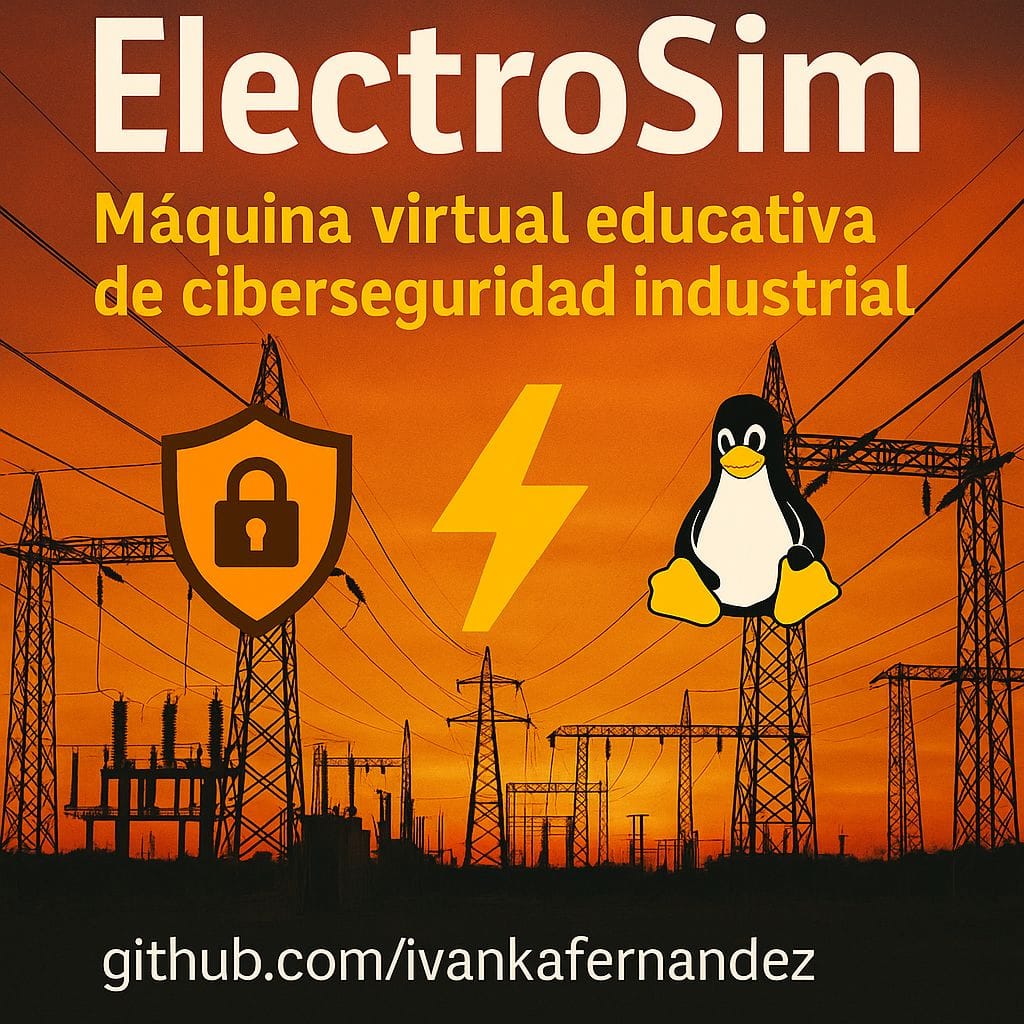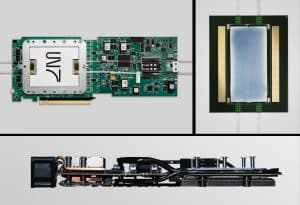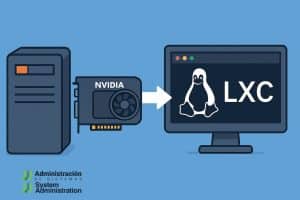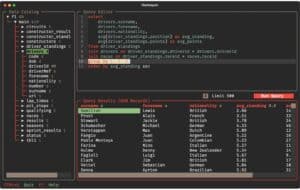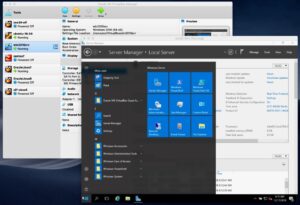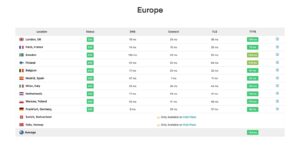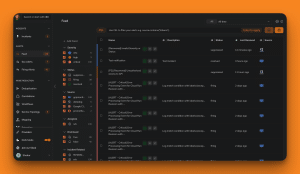In today’s hyper-connected world, even critical infrastructures like power companies depend on digitalization and automation. That makes industrial cybersecurity (OT/ICS) a priority—but training in this area is often out of reach. Real environments are expensive, complex, and usually off-limits for safety reasons.
To bridge that gap, ElectroSim arrives: a free educational virtual machine available on GitHub, created by Ivanka Fernández Leivas. The project simulates the inner workings of a modern electric utility, offering a safe, self-contained environment to explore automation, monitoring, and security without risking real systems.
A project that makes learning hands-on
ElectroSim isn’t just another Linux lab. It’s a complete ecosystem built to reproduce the logic and challenges of industrial control systems (ICS). Its main goal: give students, teachers, and professionals the chance to experiment with realistic services and scenarios.
From automation flows and data visualization to network intrusion detection and perimeter defenses, ElectroSim provides a comprehensive, practical look at the technologies used in OT environments.
Core components of ElectroSim
The virtual machine bundles several widely used industrial and security tools:
- OpenPLC – emulates a programmable logic controller (PLC), the heart of industrial automation.
- Node-RED – creates automated data flows that simulate electrical consumption sensors.
- InfluxDB – time-series database to store simulated measurements.
- Grafana – interactive dashboards for data visualization.
- Mosquitto (MQTT) – lightweight IoT messaging protocol for sensor-to-backend communication.
- MariaDB – manages customer, contract, and service data.
- Suricata – network monitoring engine used here as an intrusion detection system (IDS).
- UFW + Fail2Ban – firewall and brute-force protection for perimeter security.
Available versions
ElectroSim comes in two flavors, both ready to be imported into VirtualBox:
- ElectroSim-Industrial.ova – lightweight terminal-only version.
- ElectroSim-Industrial-GUI.ova – with XFCE desktop environment for those who prefer a graphical interface.
Getting started
Setup is designed to be straightforward:
- Download the .ova file from the GitHub repository.
- Import it into VirtualBox via File → Import Appliance.
- Start the VM and log in with:
- User:
vboxuser - Password:
insecure
- User:
- Access services from your host browser:
- Grafana →
http://<VM_IP>:3000 - Node-RED →
http://<VM_IP>:1880 - InfluxDB →
http://<VM_IP>:8086/ping
- Grafana →
(Replace <VM_IP> with the IP address shown in the VM using ip a.)
A clean slate for hands-on practice
ElectroSim is intentionally shipped without preloaded flows or dashboards. Instead, users are encouraged to build their own environment:
- Design data flows in Node-RED.
- Create custom dashboards in Grafana.
- Insert and query simulated measurements in InfluxDB.
- Test Suricata rules to spot abnormal traffic.
- Harden the system with UFW and Fail2Ban.
This approach promotes active learning and real troubleshooting, rather than passively observing.
Security meets education
Even as a teaching tool, ElectroSim introduces fundamental ICS security concepts:
- How industrial traffic is monitored.
- The risks of unauthorized access to control systems.
- Basic firewall and intrusion detection practices.
Because it’s isolated in a VM, users can test and fail safely—a perfect sandbox for trial and error.
License and philosophy
ElectroSim is released under Creative Commons CC BY-ND 4.0. This means:
- You can share and use it freely for educational purposes.
- You cannot modify or redistribute altered versions.
This ensures a consistent, stable base for everyone while recognizing the creator’s authorship.
The author behind ElectroSim
The project was created by Ivanka Fernández Leivas, a professional in training within the industrial cybersecurity field and author of educational content on her channel @CiberPractica. With ElectroSim, she aims to democratize access to ICS/OT learning tools.
Why ElectroSim matters for OT/ICS training
ElectroSim’s impact lies in making industrial cybersecurity accessible. Until now, learning OT security often required:
- Specialized (and costly) hardware like real PLCs.
- Lab environments that are difficult to replicate.
- Restricted access to critical infrastructure.
With ElectroSim, anyone can:
- Explore industrial protocols safely.
- Understand how automation and monitoring layers interact.
- Test detection and defense tools in a controlled space.
In short, it helps train the next generation of OT/ICS cybersecurity professionals.
Conclusion
ElectroSim is more than just a virtual machine—it’s a teaching platform for industrial cybersecurity. By combining realistic technologies, simple deployment, and room for experimentation, it’s a powerful resource for students, educators, and enthusiasts.
Now freely available on GitHub, ElectroSim has the potential to become a reference point in ICS/OT education.
FAQ
What are the system requirements for ElectroSim?
At least 8 GB RAM, a 4-core processor, and ~15 GB free disk space are recommended.
Is it only useful for students?
No. Teachers can use it to set up lab sessions, and professionals can use it to get familiar with ICS/OT environments safely.
What’s the difference between the GUI and terminal versions?
The GUI version includes an XFCE desktop for those who prefer a visual interface, while the terminal version is lighter and ideal for command-line users.
Can it run on VMware or just VirtualBox?
It’s optimized for VirtualBox, but .ova images can also be imported into other compatible hypervisors like VMware.

